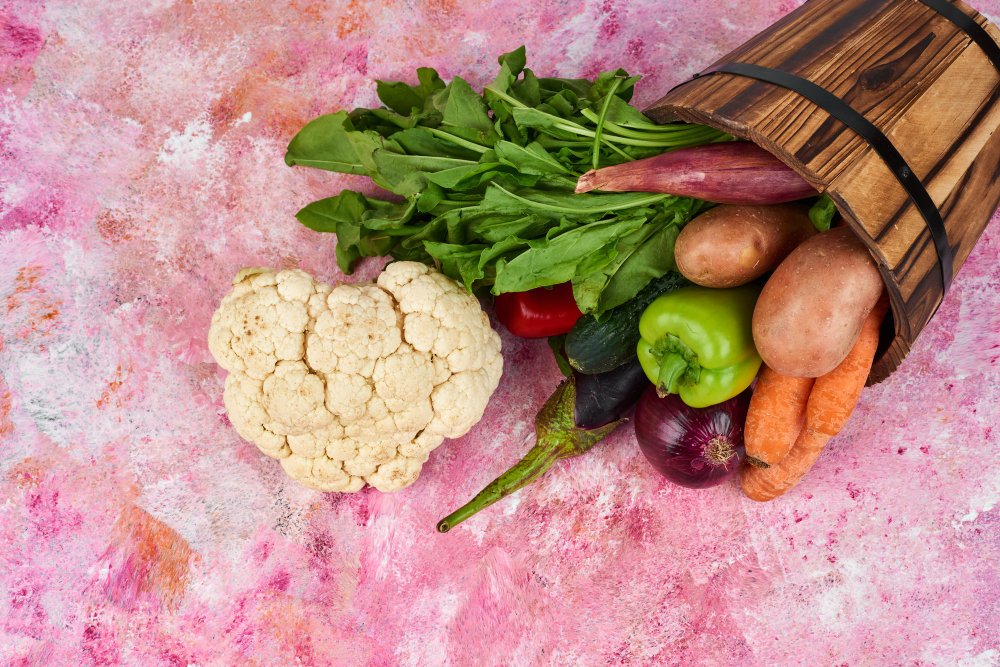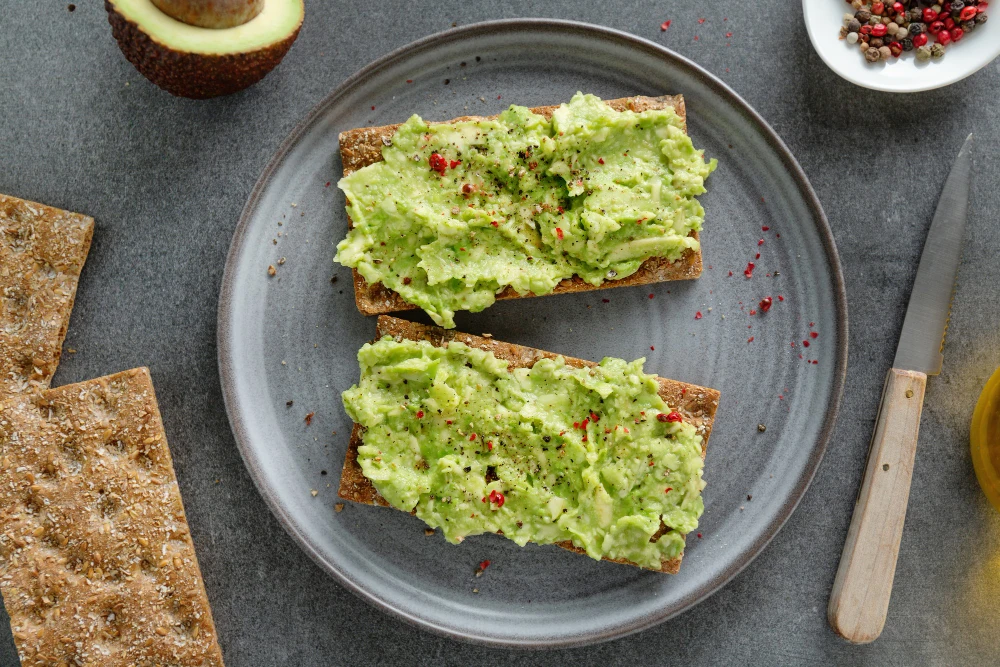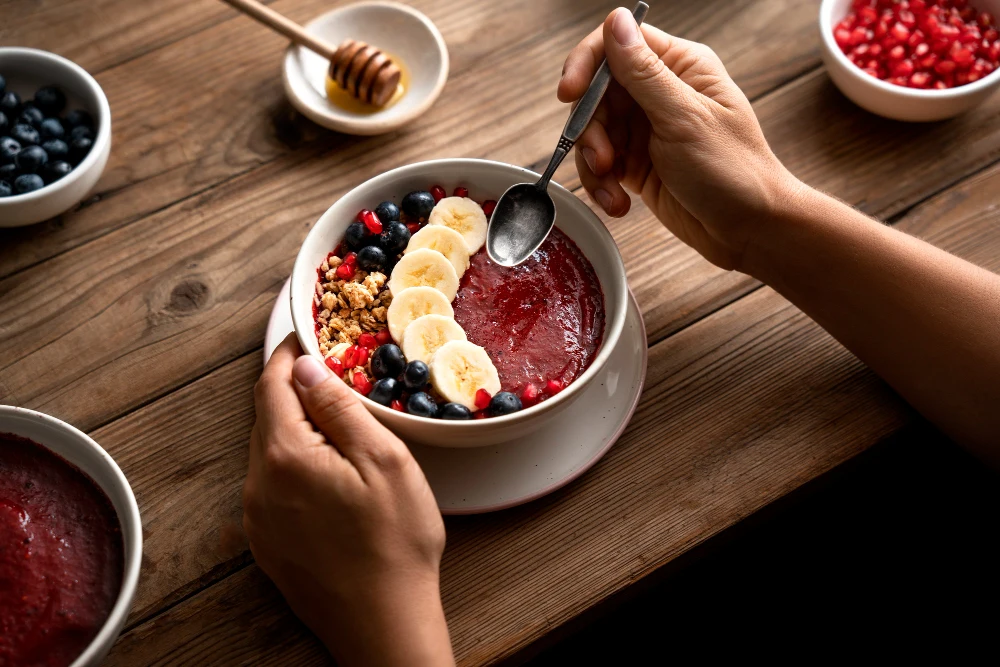Edimental garden design ideas

Edimental garden design ideas
In recent years, the gardening world has seen the rise of a brilliant concept—edimental gardening. Imagine walking through your garden, admiring vibrant colors, captivating shapes, and delightful aromas, all while picking fresh produce for your dinner. Edimental gardens bring together the best of both worlds: edible and ornamental plants. This approach not only enhances the visual appeal of your outdoor space but also boosts its functionality and sustainability.
What Is an Edimental Garden?
The word “edimental” is a blend of edible and ornamental. It describes plants that are both beautiful to look at and edible, serving dual purposes in your landscape. Edimental gardening is perfect for homeowners who want to make the most of limited garden space without compromising on aesthetics or yield.
Unlike traditional vegetable plots tucked away in the corner, edimental gardens showcase vegetables, herbs, and fruits as decorative elements in the main landscape.
Why Choose an Edimental Garden?
1. Beauty Meets Function
Edimental gardens provide a visual feast with the bonus of homegrown food. Kale with curly purple leaves, rainbow chard with neon stems, and flowering herbs like thyme and basil bring both beauty and bounty.
2. Maximize Small Spaces
For urban dwellers or those with limited space, edimental gardening offers a smart way to combine functionality and flair. Every square meter can be productive and lovely.
3. Sustainable Living
Growing your own food reduces your carbon footprint and reliance on grocery stores. It also supports local biodiversity by attracting pollinators like bees and butterflies.
4. Year-Round Appeal
With thoughtful planning, you can have an edimental garden that looks good and yields produce across all seasons.
Edimental garden design ideas
Planning Your Edimental Garden
1. Evaluate Your Space
Start by assessing your garden’s sunlight exposure, soil type, and drainage. Most edimental plants need at least 6 hours of sunlight daily.
2. Define Zones and Themes
Combine form and function by designing zones. For example:
A herb spiral near the kitchen
An edible hedge with blueberry or currant bushes
A decorative border with red lettuce, nasturtiums, and dwarf peppers
3. Choose the Right Plants
Vegetables with Ornamental Value
Rainbow Swiss chard – colorful stems
Purple cabbage – stunning foliage
Red Russian kale – elegant texture
Artichoke – architectural beauty
Okra – exotic flowers and pods
Herbs That Bloom Beautifully
Chives – purple pom-pom blooms
Lavender – aromatic and pollinator-friendly
Basil – fragrant and flowering
Rosemary – woody structure and tiny blue flowers
Fruits with Decorative Appeal
Edimental garden design ideas
Strawberries – ground cover with white flowers
Blueberries – vibrant foliage in fall
Figs – sculptural trees with broad leaves
Espalier apples/pears – artistic tree training against walls
Edible Flowers
Nasturtiums – peppery leaves and bright blooms
Calendula – golden petals for salads
Violas – delicate and colorful
Borage – star-shaped blue flowers
Design Ideas for Edimental Gardens
1. Formal and Structured
Use symmetrical planting, box hedges, and defined beds. Combine cabbages with marigolds, or rosemary with snapdragons for visual interest.
2. Cottage Garden Style
Embrace the wild and charming look with mixed rows of herbs, edible flowers, and leafy greens. Let plants self-seed and evolve.
3. Vertical Gardening
Perfect for small patios or balconies. Use trellises for beans, tomatoes, and climbing nasturtiums.
4. Container Edimentals
Mix edibles and ornamentals in large pots. For example:
Edimental garden design ideas
Tomato with petunias
Basil with zinnias
Lettuces under small citrus trees
Soil, Watering, and Maintenance Tips
Soil: Use rich, organic soil that drains well.
Compost: Regular composting feeds your plants and enriches the soil.
Watering: Group plants by watering needs. Use drip irrigation to save time.
Mulching: Helps retain moisture and prevents weeds.
Pest Control: Use companion planting (e.g., marigolds near tomatoes) and natural remedies like neem oil.
How to Incorporate Edimentals in Existing Gardens
You don’t have to start from scratch. Add layers of edimentals to your current flower beds:
Replace purely ornamental plants with edible alternatives.
Tuck herbs like thyme between paving stones.
Edge pathways with curly kale or parsley.
Tips for Year-Round Edimental Beauty
Spring: Plant lettuces, spinach, chives, and edible flowers like violas.
Summer: Grow tomatoes, peppers, and basil. Add color with calendula and nasturtiums.
Fall: Kale, cabbages, and beets thrive while adding vibrant foliage.
Winter: Use evergreen edibles like rosemary and grow leafy greens in cold frames.
Common Mistakes to Avoid
Overcrowding plants: It hinders airflow and invites disease.
Poor planning of heights and colors: Make sure taller plants don’t overshadow smaller ones.
Using inedible ornamentals with toxic parts near edibles: Be cautious with aesthetics-only plants like foxgloves or oleander.
Inspiring Examples of Edimental Gardens
1. Scandinavian Kitchen Gardens
Nordic designs blend sleek geometry with a rich tapestry of cabbages, carrots, and herbs—all framed with wooden borders.
2. Mediterranean Courtyards
Olive trees, lavender, oregano, and lemon trees combine perfectly in sunny, dry climates.
3. French Potager Style
Classic French kitchen gardens use a mix of edibles and flowers in beautifully organized quadrants—functional yet romantic.
How to Get Started Today
You don’t need a huge yard or expensive supplies to start:
Choose 3–5 plants that are both edible and ornamental.
Design a small corner or a couple of containers to start experimenting.
Track what works and adjust season by season.
Involve your family—edimental gardening can be a fun, educational activity for kids too.
Conclusion: Cultivating Beauty and Nourishment
An edimental garden is more than a trend—it’s a lifestyle that celebrates sustainability, creativity, and natural beauty. Whether you’re a beginner with a balcony or an experienced gardener with a backyard, embracing edimentals can transform how you grow and enjoy food.
So, what will your first edimental plant be?
Learn More:



